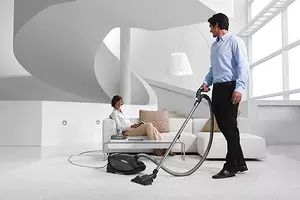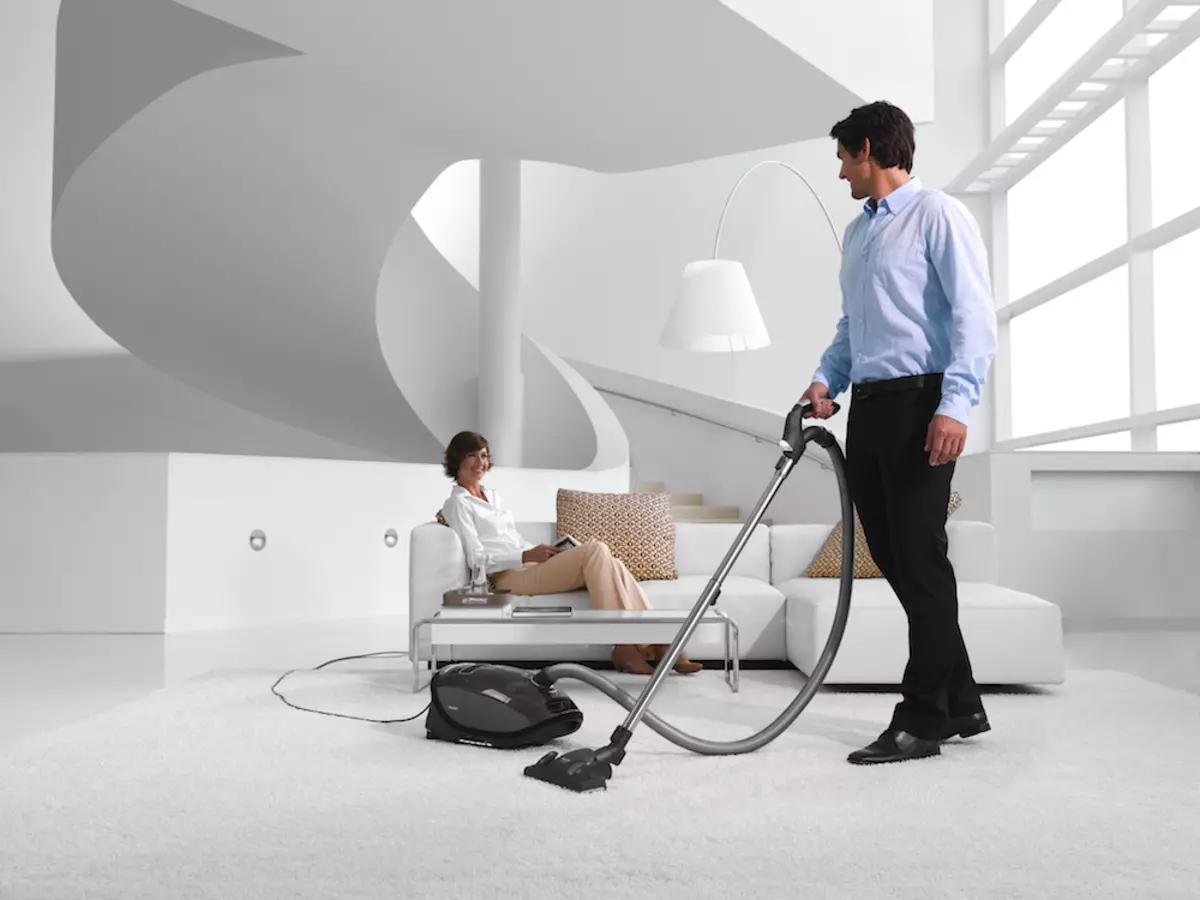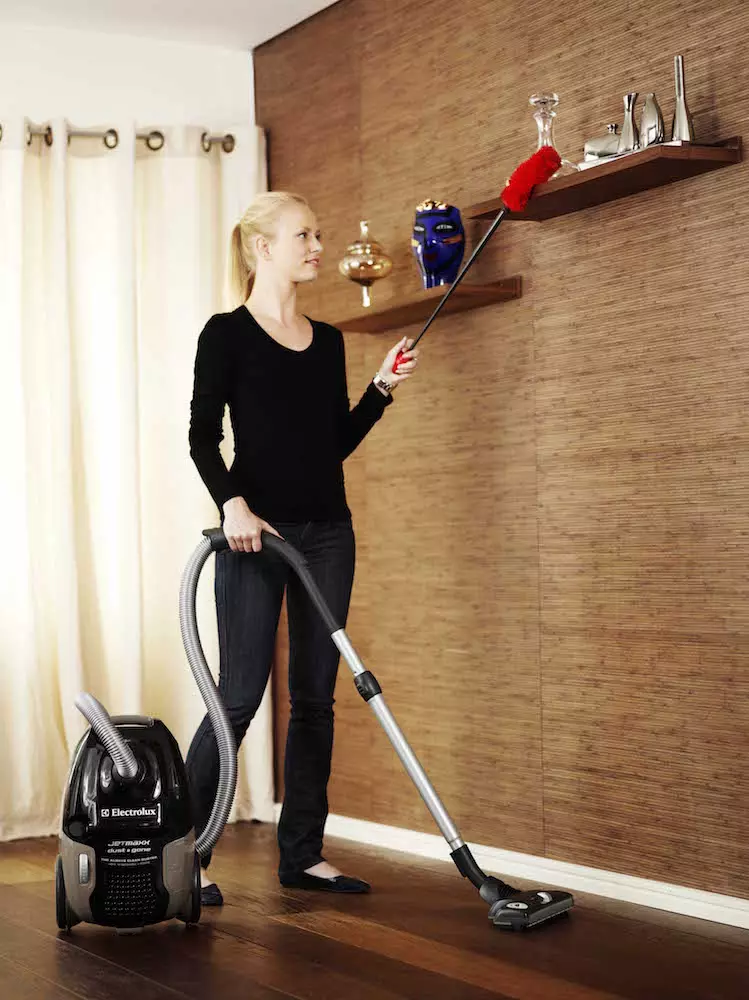In modern vacuum cleaners and equipment for air purification, HEPA and ULPA filters are found. We understand that they represent, and we advise you to choose it wiser.


Photo: Miele.
Types of filters
Filters are classified by appointment and efficiency on:
- General purpose filters (coarse cleaning filters and fine filters),
- Filters providing special requirements for air purity (high efficiency filters and ultra-high efficiency filters).
High performance filters are the abbreviated English abbreviation HEPA (from English High Efficiency Particulate Air or High Efficiency Particulate Arrestance - highly efficient part of particles). And the most efficient filters, respectively, ULPA (ULTRA Low Penetrating Air).
Until recently, ULPA filters were not used in everyday life, they were used to purify air in sterile premises, which needed particularly clean air, for example, in rooms where the production of integrated microcircuits is placed, in the centers of transplantology and other scientific and medical institutions. Now ULPA filters are sometimes encountered in household appliances.

Photo: Electrolux
Filter characteristics
How does the filter efficiency measured? For this, their ability to delay dust particles is measured. Particle, according to domestic GOST, there is a "solid, liquid or multiphase object, including a microorganism, with dimensions from 0.005 to 100 microns", and particles are usually used to determine the effectiveness of HEPA and ULPA filters from 0.1 to 5 microns. . As reference particles for coarse and fine filters, quartz dust is often used, but ordinary atmospheric dust is also quite suitable.
Filter class | Filter efficiency (% detainee particles) | |
Filters rough cleaning | G4. | Up to 70% of quartz dust |
Fine cleaning filters | F5 | Up to 80% quartz dust or 40-60% atmospheric dust |
| F6. | Up to 90% of quartz dust or 60-80% of atmospheric dust | |
| F7. | Up to 95% of quartz dust or 80-90% of atmospheric dust | |
| F8. | Up to 95-98% quartz dust or 90-95% of atmospheric dust | |
| F9. | At least 98% of quartz dust or 95% of atmospheric dust | |
High Efficiency Filters (HEPA) | H10 | At least 85% of particles with a diameter of 0.3 microns |
| H11 | At least 95% of particles with a diameter of 0.3 microns | |
| H12. | At least 99.5% of particles with a diameter of 0.3 microns | |
| H13 | At least 99.95% of particles with a diameter of 0.3 microns | |
| H14. | Not less than 99.995% of particles with a diameter of 0.3 microns | |
ULPA filters | U15 | At least 99.99995% of particles with a diameter of 0.3 microns |
| U16. | At least 99,9995% of particles with a diameter of 0.3 microns | |
| U17 | At least 99,9999995% of particles with a diameter of 0.3 microns |
The classification of filters is constructed in such a way that each latal filter shows about 10 times the best efficiency of the air purity.
Does it make sense to be reinsured and choosing vacuum cleaners and air purifiers with the maximum efficient ULPA filters? As practice shows, HEPA filters of class 13 and 14 are suitable for quite acceptable air purification level.
